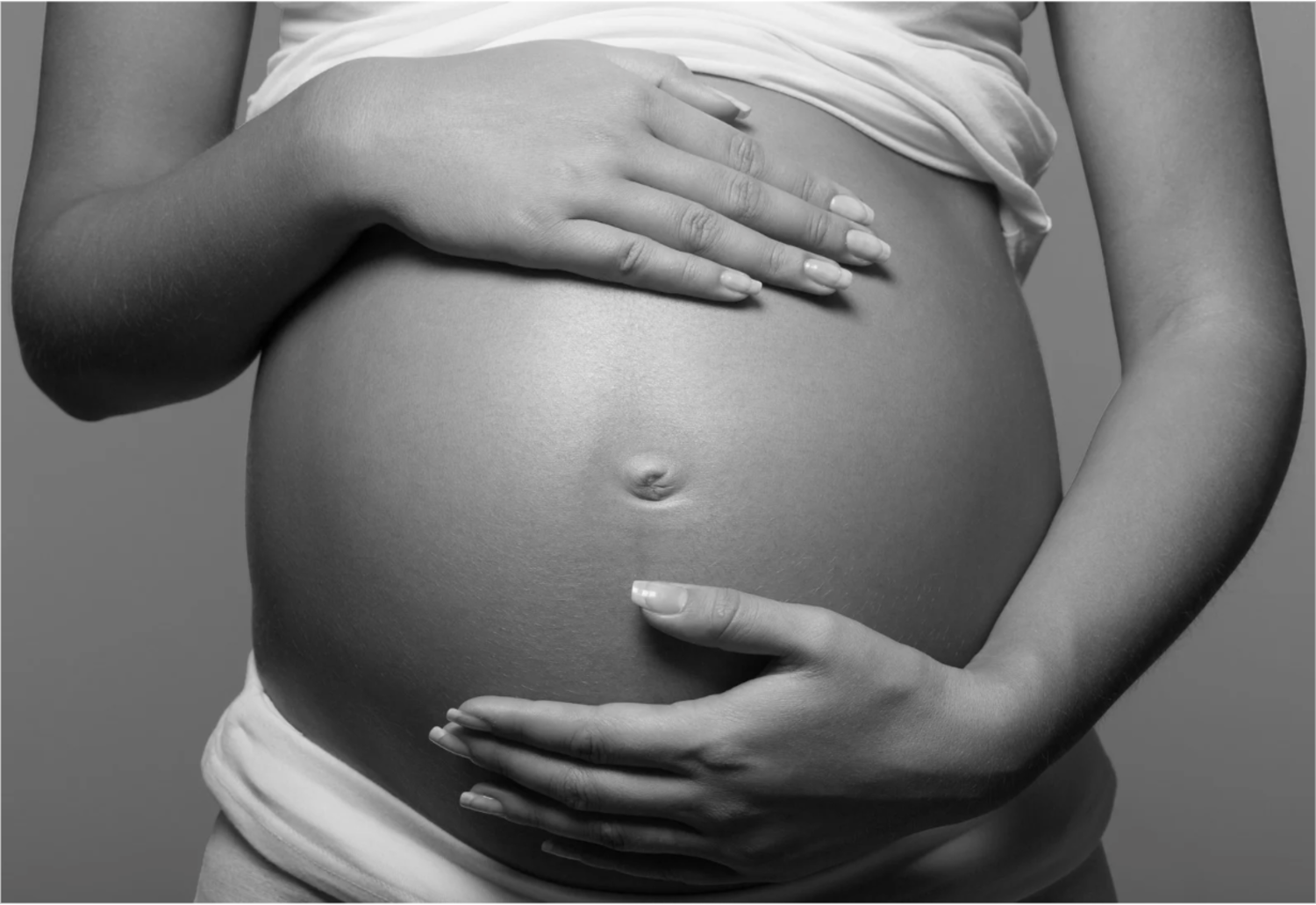Michelle Baynham
02 Jul 2025
Pregnancy is an incredible journey filled with transformation—physically, emotionally, and mentally. One of the best ways to support your body (and your baby) through this journey is by staying active. But how much exercise is safe? What kind of movement is recommended?
According to the UK Chief Medical Officers’ Physical Activity Guidelines, regular physical activity is not only safe during pregnancy, it’s highly encouraged—benefitting both the parent and the baby. Here's what you need to know.
Why Exercise During Pregnancy?
Staying physically active during pregnancy offers a wide range of health benefits:
- Reduces risk of gestational diabetes, high blood pressure, and pre-eclampsia
- Helps manage weight gain
- Improves sleep, mood, and energy levels
- Promotes faster recovery after birth
- Reduces risk of postnatal depression
- Enhances circulation and reduces back pain and constipation
What Do the UK Guidelines Recommend?
The latest UK Chief Medical Officers’ guidelines are clear:
“Pregnant women without contraindications should aim for at least 150 minutes of moderate intensity activity every week.”
That’s about 30 minutes a day, five times a week. Moderate intensity means you're working hard enough to raise your heart rate and feel warm, but still able to hold a conversation.
Already active before pregnancy? Great! You can usually continue your usual routine, with modifications as your pregnancy progresses. If you’re new to exercise, it’s fine to start gradually—even small amounts of movement can make a big difference.
Types of Exercise to Consider
Here are some pregnancy-safe activities that align with the UK guidelines:
-
Walking – Simple, low-impact, and accessible.
-
Mother Fit Prenatal Exercises classes online
-
Swimming & Aquanatal classes – Water supports your weight, relieving pressure on joints.
-
Stationary cycling – Good for cardiovascular health and balance.
-
Prenatal yoga or Pilates at Mother Fit online – Helps with flexibility, breathing, and posture.
-
Strength training – Light weights and resistance bands help maintain muscle tone.
Things to Avoid
While staying active is important, certain activities should be avoided:
- Contact sports (e.g., kickboxing, rugby)
- Activities with a high risk of falling (e.g., skiing, horse riding)
- Scuba diving
- Exercising in excessive heat (e.g., hot yoga)
The UK guidelines also emphasise listening to your body. If something doesn’t feel right—stop. Pregnancy is not the time to “push through” discomfort or fatigue.
When to Seek Medical Advice
Before beginning or continuing an exercise routine, check in with your midwife or GP—especially if you have a high-risk pregnancy or medical conditions. Stop exercising and seek help if you experience:
- Dizziness or fainting
- Chest pain
- Vaginal bleeding
- Severe shortness of breath
- Painful contractions or fluid leakage
Postnatal Activity: Don’t Stop After Birth
The guidelines also highlight the importance of gradually returning to physical activity after childbirth. Once your health professional gives the green light, gentle movement and short walks can support recovery, mental wellbeing, and bonding with your baby and the Mother Fit Postnatal Program can we started as soon as you give birth.
Exercise is not only safe during pregnancy—it’s recommended. Whether you're continuing your usual fitness routine or just getting started, staying active can make your pregnancy healthier and more comfortable.
As always, listen to your body, stay hydrated, and speak to your healthcare team if you have any concerns. Your body is doing amazing work—support it with movement.
Michelle Baynham
Share this article

